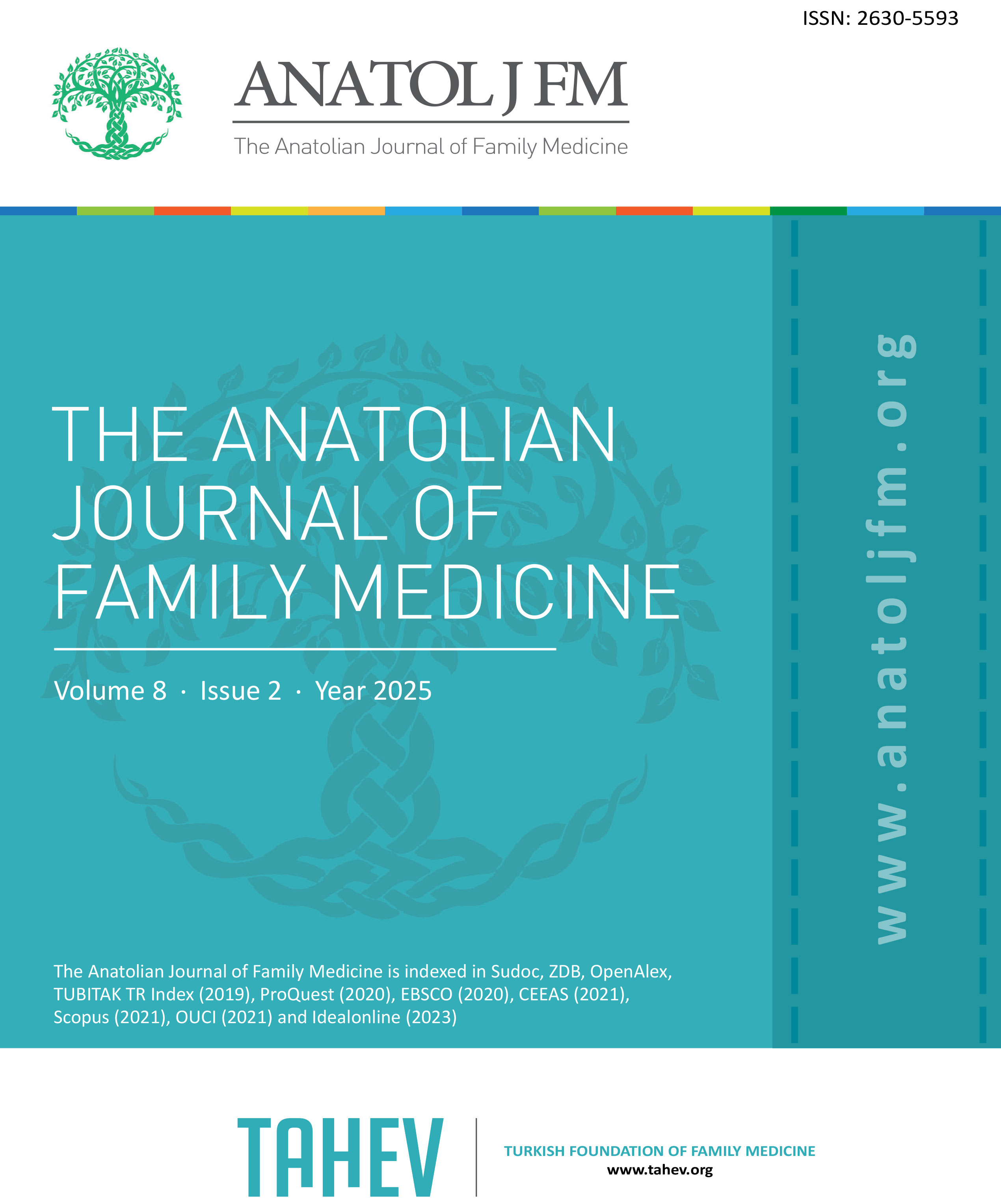Quick Search
Changing Trends of Rotavirus and Enteric adenovirus in Children: Before and After the COVID-19 Pandemic
Sibel Sevuk Ozumut1, Berna Doğan1, Sema Gündoğdu1, Esen Besli21Department of Pediatrics, Goztepe Prof Dr Suleyman Yalcın City Hospital, Istanbul, Türkiye2Department of Pediatrics, Pediatric Emergency Division, Medeniyet University, Istanbul, Türkiye
INTRODUCTION: This study aimed to investigate changes in the incidence and seasonal distribution pattern of enteric viruses that are common in children during the COVID-19 pandemic.
METHODS: The study included patients aged 09 years who were diagnosed with acute gastroenteritis (AGE) in the pediatric emergency department between September 2017 and August 2022.
RESULTS: During the study, 4,244 patients who underwent rotavirus (RV)/enteric adenoviruses (eAV) antigen tests with a diagnosis of AGE were included. Compared with the pre-pandemic period, during the COVID-19 pandemic, RV positivity decreased (479 [16.6%] vs. 167 [12.3%], p<0.001), whereas eAV positivity tended to increase (120 [4.1%] vs. 78 [5.8%], p=0.020).
DISCUSSION AND CONCLUSION: This surveillance study demonstrates the long-term effects of the COVID-19 outbreak on RV and eAV infections in children. In the early phase of the pandemic, both viruses had almost disappeared, but in the late phase, they returned to the pre-pandemic level.
Manuscript Language: English




















